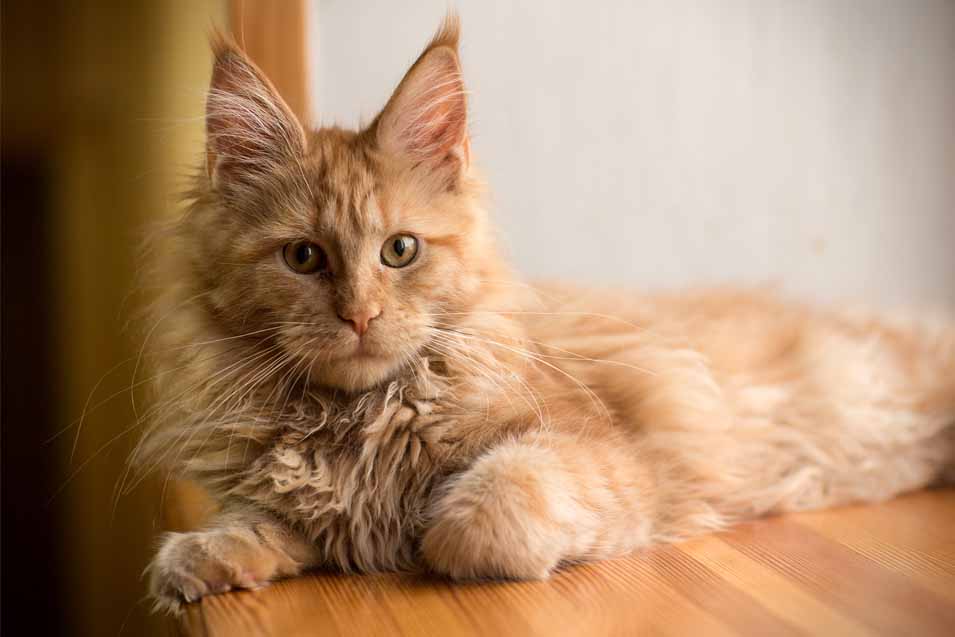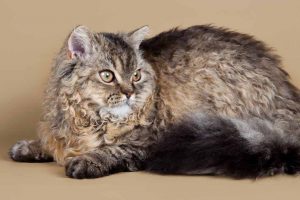Is your feline friend’s nose running? Nasal discharge isn’t a common occurrence in cats, and that’s why most cat guardians will start to get worried when they first notice it. However, as you can expect, there are different kinds of nasal discharge. While some can suggest mild health problems, others can indicate a more severe issue.
In this post, we’ll look at what causes nasal discharge in cats, how it can be diagnosed, and how it can be treated.
Why Is My Cat’s Nose Running?
Most nasal discharge cases in cats are caused by inflammation. Inflammation can be caused by a broad variety of factors, which range from an infection to the cat having inhaled a foreign body that’s now irritating her nasal mucous membrane.
Naturally, nasal discharge can also be caused by a wide range of pathogens from viruses to bacteria. The vast majority of upper respiratory infections in our feline friends are caused by viruses (out of which caliciviruses and herpes viruses are almost always at the root of the problem).
However, bacterial infections can be just as common, especially if the cat was exposed to a pathogen such as Chlamydophila felis or Bordetella bronchiseptica (which causes kennel cough).
On the other hand, there are some causes that don’t necessarily pertain to infectious factors. In general, if you notice that your cat is expressing nasal discharge and you leave it untreated, it can get complicated bacterially since the cat has germs both in her respiratory tract and in her mouth. She could accidentally insert a pathogen into her nose while grooming.
Here are some causes of nasal discharge that aren’t necessarily linked to microorganisms that cause infections:
- Foreign bodies
- Rhinitis
- Nasal cancer
- Bloody nose (epistaxis)
- Nasal irritants
- Polyps
- Trauma
Bloody nasal discharge almost always shows up when there is a more severe health issue involved, meaning that the cat has gone through an accident, or she might have a polyp that could have been irritated or damaged in some way.
While nasal cancer isn’t the most common type of neoplasm that cats are exposed to, it can show up in some cases. Unfortunately, it is among the most aggressive forms of cancer that affect our feline friends, and while it does cause mild nasal discharge in its incipient stages, it develops into more serious symptoms such as facial pain and congestion, swelling, and a differently colored discharge.
It’s extremely common for cats to have a runny nose because of the disinfectants or cleaners used in their household. Repeated exposure to these irritants can cause nasal irritation and nasal discharge. If you suspect that this is what’s at the root of your cat’s runny nose, try to replace your cleaners with pet-friendly ones.
Diagnosis
While it might be true that most cases resolve by themselves, especially if an irritant is what has caused the problem, sometimes it’s time for you to take your feline friend to the veterinary clinic.
The vet is going to ask you a lot of questions in an attempt to find out just what’s causing the problem. You’ll have to tell them how often you’ve noticed this happening, whether the nasal discharge sometimes has a weird smell or a weird appearance, if it’s always clear, if it’s associated with eye inflammation or conjunctivitis, too, and if your cat is vaccinated against the most common viral diseases.
If an upper respiratory tract infection is diagnosed, you’ll be happy to know that there are effective treatments against it, especially when a bacterium has caused it. If it’s a viral one, however, the therapy might be more complicated, and in some situations, it might never work.
The general health status of the animal will have to be assessed, too, with the vet checking the cat’s temperature and recommending a series of blood tests, too. Special diagnostic methods can be used in case the cat is suspected to be suffering from a polyp or nasal cancer.
When Should You Take Your Feline Companion to the Vet?
If a minor allergy to a substance has caused the nasal discharge, it will most likely resolve on its own in about 24-48 hours so long that the cat isn’t exposed to the allergen anymore.
If an infection is what’s led to your cat having a runny nose, you’ll notice associated symptoms such as eye discharge, difficult breathing, a different type of discharge from the nose (whether yellow or even green or pasty instead of clear). Then it’s clearly time to take your feline friend to the vet.
Needless to say, if your cat has sustained trauma, you should get to the nearest vet clinic as soon as possible.
Treating a Cat with a Runny Nose
The treatment depends on what exactly has caused the nasal discharge. If a viral or bacterial infection is diagnosed, your cat might receive antiviral medication or antibiotics. Depending on the severity of the inflammation, your feline companion might also have to get therapy using corticosteroids (only for a short amount of time).
If the cat doesn’t seem to be responding to any therapy, the vet might have to use the additional tests that we referred to earlier, meaning a CT or an X-ray to determine whether the cat has a polyp or if there’s anything else causing the nasal discharge.
There are appropriate treatments for all of these instances, but they do depend on the degree to which the nasal mucous membrane and local tissues have been affected.
Is There Any Way to Prevent It from Happening in the Future?
There are things that can irritate a cat’s nose on the inside and they range from the household cleaners that we previously mentioned to less apparent causes such as the type of litter that you use. Some cats can develop nasal irritation if you use silica cat litter, for example, but clay litter can cause the same problems.
The important thing to keep in mind is that if you know that your cat has a tendency to develop allergies to such factors, you should do your best to remove them from their living environment.
Vaccinating your cat against the most common feline viruses can also be a great way of preventing upper respiratory infections caused by a viral pathogen.






